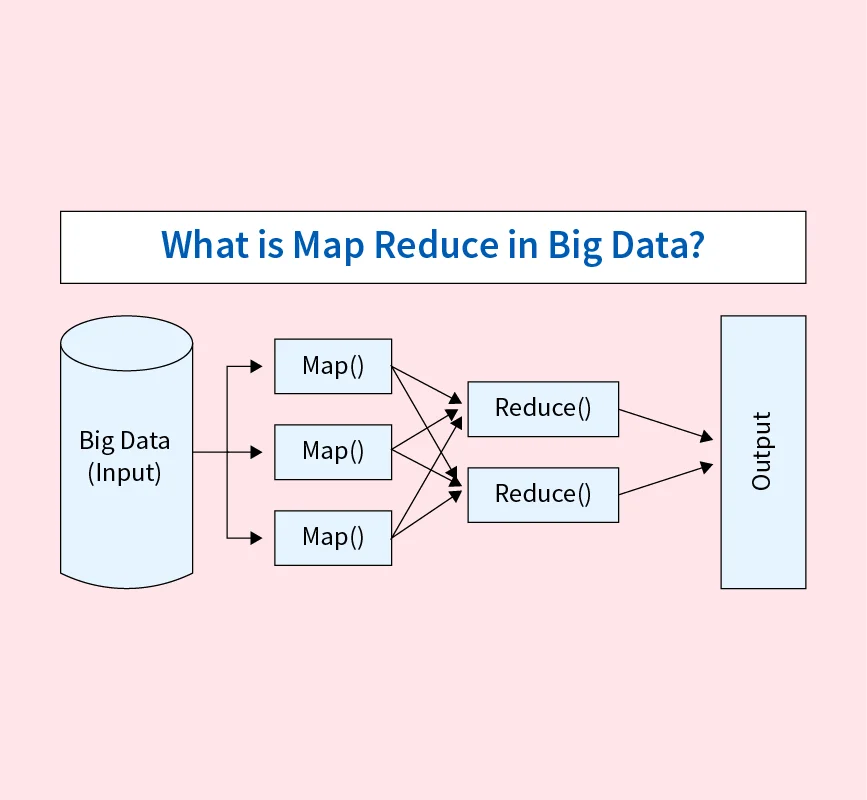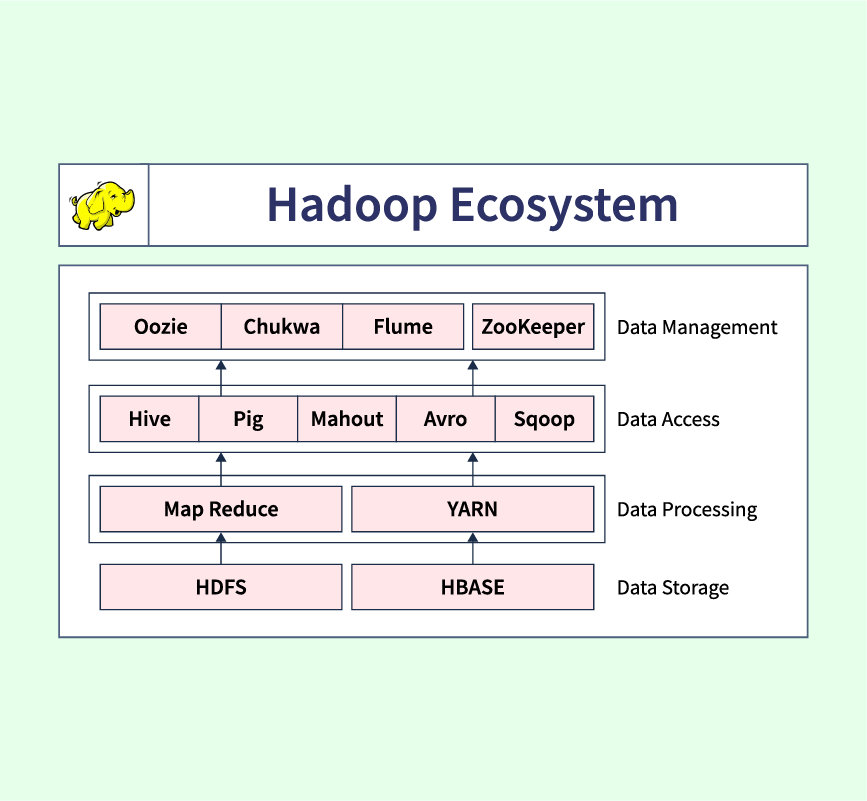Data analytics is the process of examining raw data to uncover meaningful insights, patterns, and trends that support decision-making. It leverages techniques such as statistical analysis, machine learning, and data visualization to drive smarter business strategies.
The importance of data analytics spans across industries, from predictive healthcare models to real-time fraud detection in banking. Businesses use analytics to enhance efficiency, customer experience, and profitability, making it a cornerstone of digital transformation.
The growing scope of data analytics is driven by technological advancements such as cloud computing, AI, and IoT, enabling organizations to process vast amounts of data efficiently. From descriptive analytics that summarizes past events to prescriptive analytics that provides actionable recommendations, data analytics applications are diverse and impactful.
As industries continue to embrace data-driven decision-making, understanding different types of analytics and their applications becomes crucial for staying competitive and achieving business success.
Types of Data Analytics
Data analytics can be categorized into four main types, each serving a distinct purpose:
Descriptive Analytics
Descriptive analytics analyzes historical data to identify patterns and trends. It answers the question, “What happened?” Examples include sales reports, web traffic analysis, and customer feedback summaries.
Diagnostic Analytics
Diagnostic analytics explores data to uncover the reasons behind outcomes, answering “Why did it happen?” Techniques include data mining, correlation analysis, and root cause analysis. Businesses use it to understand customer churn or campaign performance issues.
Predictive Analytics
Predictive analytics leverages statistical models and machine learning to forecast future outcomes. It answers “What is likely to happen?” Examples include predicting customer behavior, stock price trends, and equipment failures.
Prescriptive Analytics
Prescriptive analytics provides actionable recommendations, answering “What should we do?” It uses optimization algorithms and machine learning models to guide decision-making. Applications include supply chain optimization, dynamic pricing, and personalized marketing campaigns.
Together, these analytics types empower businesses to understand, predict, and act on data insights effectively.
Top 11 Applications of Data Analytics
Data analytics has transformed industries by providing actionable insights, improving decision-making, and enhancing operational efficiency. Here are 11 key applications of data analytics across various sectors:
1. Healthcare
Data analytics is revolutionizing healthcare by improving patient outcomes and operational efficiency.
- Predictive Analytics for Patient Diagnosis: Machine learning models analyze patient records to detect early signs of diseases such as cancer and heart conditions.
- Improving Hospital Management and Patient Care: Real-time data from electronic health records (EHR) helps hospitals optimize patient flow, reduce waiting times, and allocate resources efficiently.
Example: Mayo Clinic uses AI-powered analytics to predict patient deterioration and deliver timely interventions.
2. Finance & Banking
In the financial sector, data analytics enhances security and personalizes services.
- Fraud Detection and Risk Management: Anomaly detection algorithms analyze transaction patterns to identify fraudulent activities in real time.
- Enhancing Customer Segmentation and Personalization: Banks analyze spending habits to offer personalized financial products such as loans and credit cards.
Example: JPMorgan Chase uses machine learning to detect fraudulent transactions and protect customer assets.
3. Retail & E-commerce
Retailers leverage data analytics to enhance customer experience and streamline operations.
- Customer Behavior Analysis for Targeted Marketing: By analyzing purchase history and online behavior, retailers can recommend personalized offers and promotions.
- Inventory Optimization Through Demand Forecasting: Machine learning models analyze sales trends and seasonal patterns to manage stock levels effectively.
Example: Amazon’s recommendation engine uses data analytics to drive 35% of its sales through personalized product suggestions.
4. Manufacturing
In manufacturing, data analytics boosts productivity and reduces downtime.
- Predictive Maintenance of Machinery: IoT sensors collect real-time data to predict equipment failures and schedule maintenance, preventing costly downtime.
- Supply Chain Optimization Using Real-Time Analytics: Data from suppliers, transportation, and inventory systems is analyzed to enhance supply chain efficiency.
Example: General Electric uses predictive analytics to reduce equipment failures and optimize production lines.
5. Marketing & Advertising
Marketers use data analytics to optimize campaigns and understand customer preferences.
- Campaign Performance Tracking: Real-time analytics track metrics such as click-through rates (CTR) and conversions, helping marketers adjust strategies on the fly.
- Customer Sentiment Analysis Using Social Media Data: Natural language processing (NLP) tools analyze customer feedback on platforms like Twitter and Instagram to gauge brand sentiment.
Example: Coca-Cola uses social media analytics to understand customer opinions and tailor marketing campaigns accordingly.
6. Government & Public Sector
Governments utilize data analytics to improve public services and safety.
- Enhancing Public Safety with Crime Pattern Analysis: Predictive policing models analyze crime data to allocate police resources efficiently and prevent criminal activities.
- Efficient Resource Allocation for Public Services: Data analytics helps governments optimize the distribution of resources such as public transportation and healthcare services.
Example: The Los Angeles Police Department (LAPD) uses predictive analytics to reduce crime rates by identifying high-risk areas.
7. Real Estate
Data analytics provides valuable insights for real estate investors and agents.
- Property Price Prediction Using Market Trends: Machine learning models analyze historical property data, location trends, and economic indicators to estimate property values.
- Identifying High-Demand Locations Through Analytics: Geographic Information Systems (GIS) and demographic analysis help investors spot profitable locations.
Example: Zillow uses predictive analytics to generate its “Zestimate,” providing home value estimates based on real-time market data.
8. Insurance
Insurance companies rely on data analytics for risk assessment and fraud detection.
- Detecting Fraudulent Claims with Predictive Modeling: Anomaly detection algorithms identify patterns indicative of fraudulent activities in claims.
- Personalizing Insurance Premiums Through Behavior Analytics: Usage-based insurance models analyze driving habits or health data to offer personalized premiums.
Example: Allstate uses telematics data to provide safe drivers with lower premiums through its Drivewise program.
9. Transport & Logistics
Data analytics helps logistics companies improve efficiency and reduce operational costs.
- Route Optimization to Reduce Delivery Times: GPS data and traffic analytics enable companies to determine the most efficient delivery routes.
- Managing Vehicle Fleets with Telematics Data: Real-time telematics systems monitor vehicle performance and driver behavior to enhance fleet management.
Example: FedEx uses data analytics to optimize delivery routes and reduce fuel consumption.
10. Cybersecurity
In cybersecurity, data analytics is essential for detecting and mitigating threats.
- Real-Time Threat Detection Using Anomaly Detection: Machine learning models analyze network traffic patterns to identify and block suspicious activities.
- Preventing Data Breaches with Security Analytics: Behavioral analytics detect unauthorized access attempts, enabling quick responses to potential breaches.
Example: IBM Security uses AI-powered analytics to identify and respond to cyber threats more efficiently.
11. Internet Searching
Search engines use data analytics to provide relevant results and improve user experience.
- Personalized Search Results Using User Behavior Analysis: Algorithms analyze search history and preferences to deliver tailored search results.
- Optimizing Search Engine Algorithms for Faster Results: Machine learning models continuously improve search relevance and speed based on user interactions.
Example: Google uses machine learning to refine its search algorithm and deliver more relevant search results.
How to Get Started with Data Analytics?
Starting with data analytics requires a clear plan and the right tools. Here are 10 essential steps to guide your journey:
1. Understand Your Business Needs and Goals
Identify your key objectives and expected outcomes. Determine which metrics are most valuable for decision-making.
2. Identify the Type of Analytics You Need
Choose between descriptive, diagnostic, predictive, or prescriptive analytics, depending on your business questions.
3. Determine Your Data Availability
Assess existing data sources, such as CRM systems, sales records, and customer feedback. Ensure data quality and completeness.
4. Assess Your Resources
Evaluate your team’s skills, technological capabilities, and data infrastructure. Identify training or recruitment needs.
5. Research Available Tools
Compare popular analytics platforms such as Tableau, Power BI, and Google Analytics to find the best fit.
6. Request a Demo or Trial
Test shortlisted tools to evaluate their ease of use, features, and integration capabilities.
7. Consider Data Security and Privacy
Ensure compliance with GDPR, CCPA, and other data protection regulations. Implement robust security measures.
8. Read Reviews and Ask for References
Learn from user experiences and industry case studies to make an informed decision.
9. Evaluate the Total Cost of Ownership (TCO)
Consider both upfront costs and long-term expenses, including licensing, maintenance, and upgrades.
10. Choose a Scalable Solution
Select a platform that can handle increasing data volumes and support business growth.
References:


